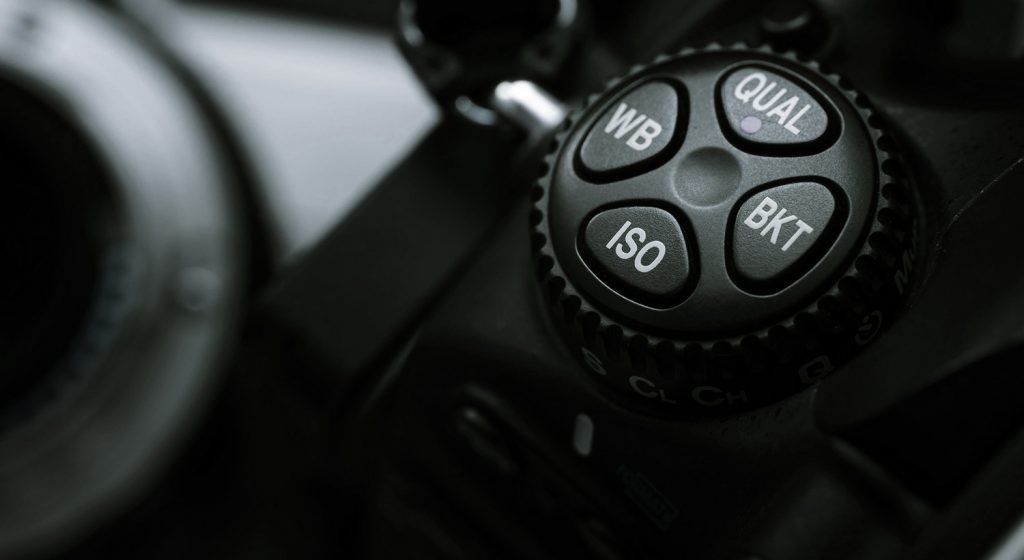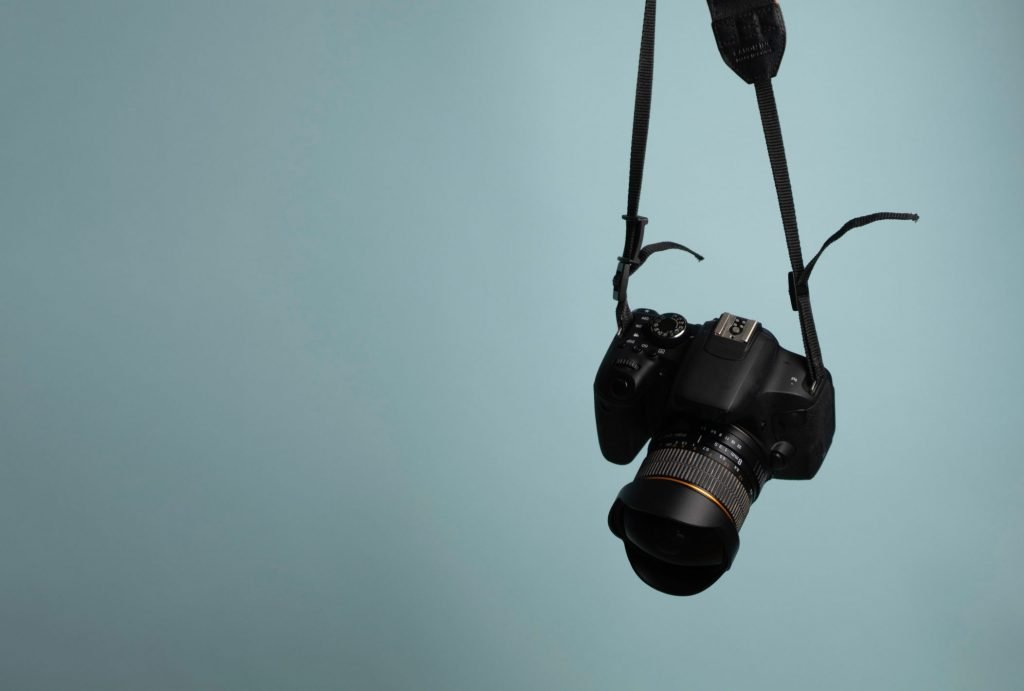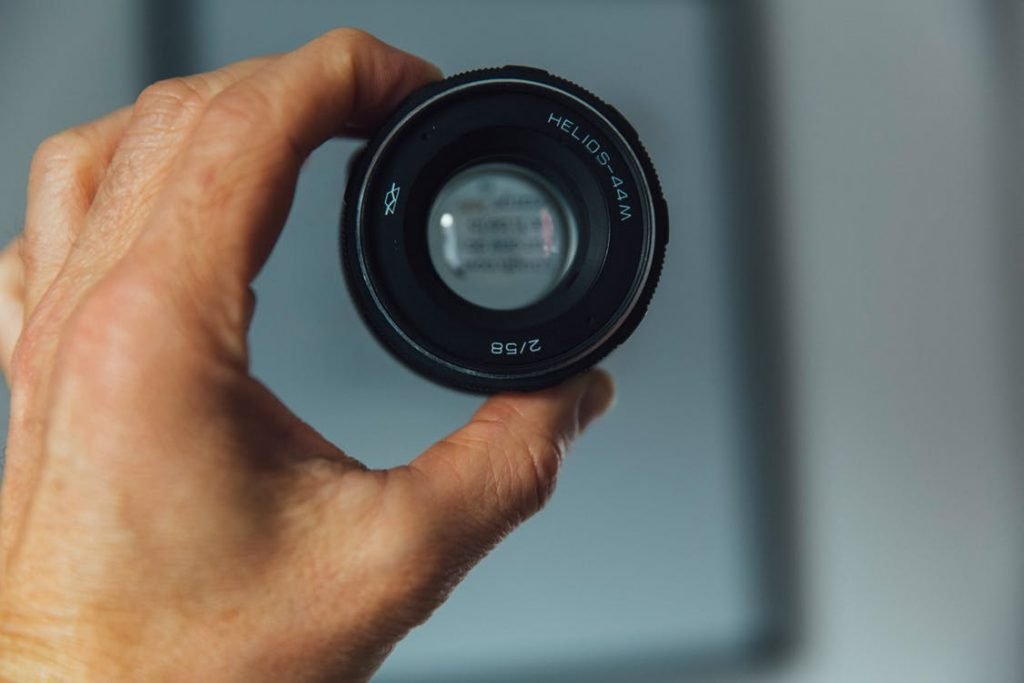ISO in a camera is one of the 3 important factors of photography. The other two are shutter speed and aperture. I have also written my previous article on shutter speed and aperture.
Using flash at night during photography is very annoying as it ruins the beautiful ambient light effect.
But have you ever wonder how great photographers take photos at night without using flash and their photos look very bright, clear and without noise.
The secret behind this is a good understanding and knowledge of ISO in a camera. Having a good knowledge of ISO is a very crucial part of photography as it plays a very important role in your photos.
So, I thought to write an article to explain what is ISO in a camera and how much you should use it.
What is ISO in a camera
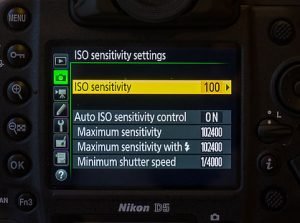
ISO stands for International Standards Organization, and it is a standardized industry scale for measuring sensitivity to light.
ISO is the sensitivity of your camera’s sensor towards the light. This simply means your camera’s sensor becomes more sensitive towards the light when you use high ISO and becomes low sensitive when you use low ISO.
The values of ISO in a camera are 100, 200, 400, 1600, 3200, 6400. Where Low ISO is 100-200 and the high ISO is 1600-3200.
While capturing photos with increased sensitivity, your camera can capture photos in low light conditions and you don’t have to use flash. But there is also a downside of capturing photos with increased sensitivity as it produces grains or noise in the photo.
How much ISO should you use?
Now, the question arises how much ISO in camera should you use?
The answer is very simple. When we use anything out of limit, it ruins the quality either if it’s about photo editing or manipulation.
Doing anything over the limit is harmful and the same thing goes with ISO. So, this means using ISO unnecessarily and over the limit is not a good idea as doing this will create so many grains in your photo and lower the quality.
Deciding the need for using high ISO in camera

After reading all this, I think you understood what is ISO in camera and how much should you use it. Now, I am going to tell you how to decide whether you need to increase ISO or not.
Let’s understand this with an example-
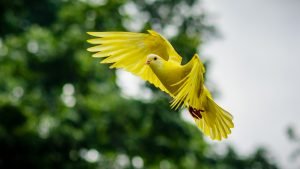
Suppose you have to click a picture like this. For this, you will increase your shutter speed up to 1/1000 sec. By doing this your photo will be underexposed.
So you decided to increase the aperture in order to achieve a properly exposed photo. But still, there is not enough light in your photo.
Now you can’t decrease your shutter speed and you have already increased your aperture to the maximum.
So, the only option you have is ISO. In this case, you have to increase the ISO to get proper exposure in your photo.
Above is the example of how you can choose the correct ISO value while shooting. With time and practice, you will be able to make these decisions quickly.
How to avoid using high ISO
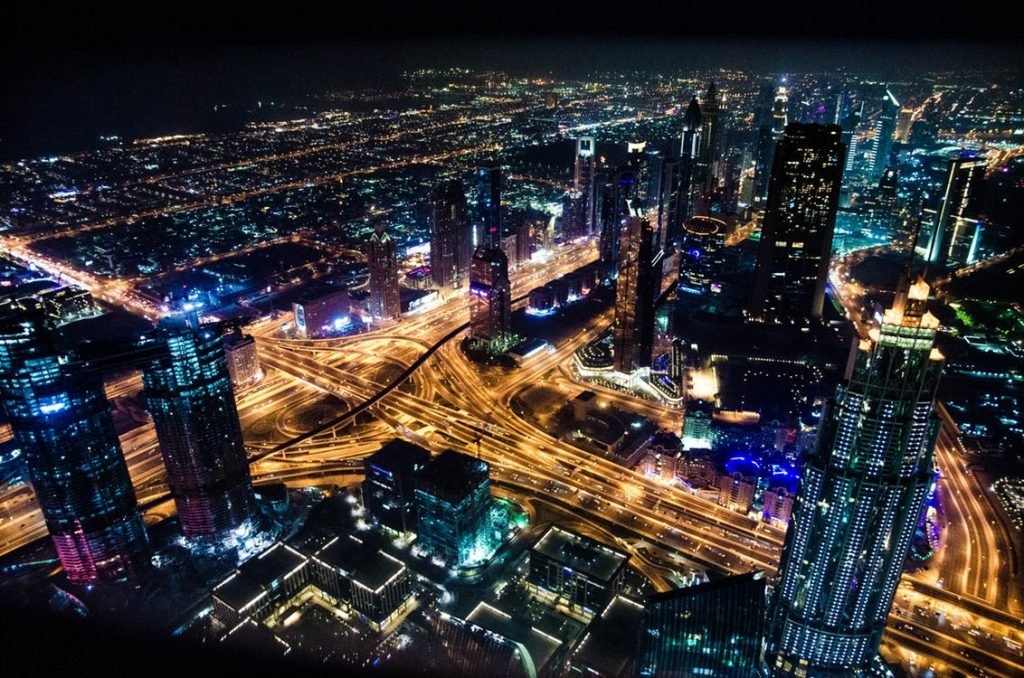
In daylight, you can easily capture photos by keeping your ISO at the lowest. But the question is how to capture photos in low light or during the night without using high ISO.
The answer is if your subject is steady or not moving then with slow shutter speed you can capture very clear, soft and bright photos without increasing your ISO value.
But keep in mind that you should use a tripod if you are using slow shutter speed otherwise you will get blurry photos.
Below I made a list of ISO values you should use in different light conditions.
| ISO | Shooting Conditions |
| 100-200 | Sunny Outdoors |
| 400-800 | Overcast skies or evening time |
| 1600-3200 | Dark indoors or night |
Understanding ISO in a camera is a great way to improve photography skills. To understand it more, you need to click photos under different light conditions and check the difference between low ISO and high ISO photos.
I hope this article helped you in understanding what is ISO in a camera. If you still have any queries or suggestions related to this you can contact us or you can comment below.

